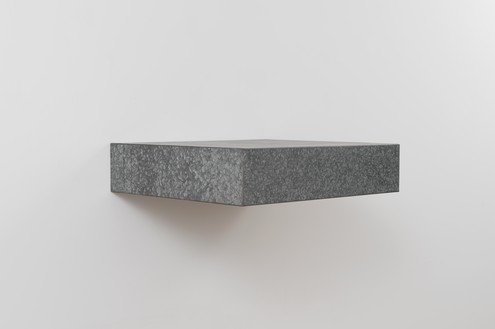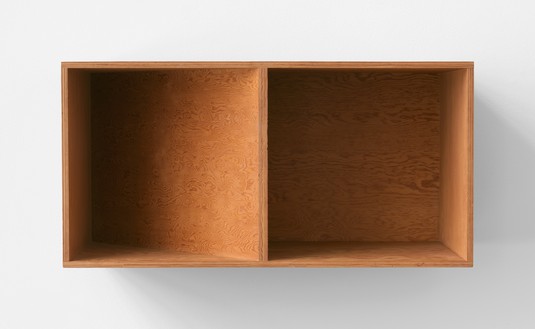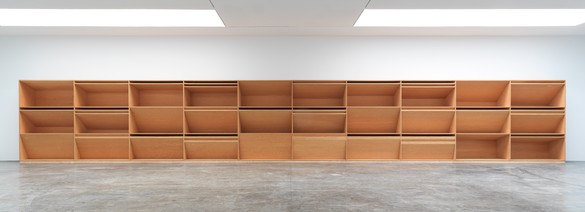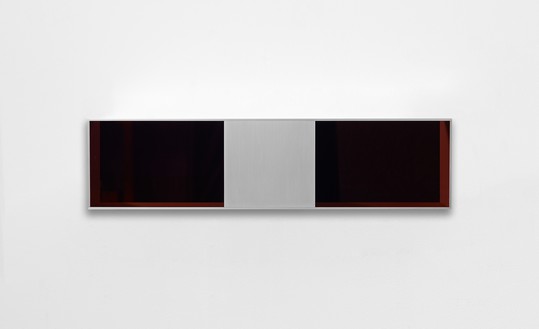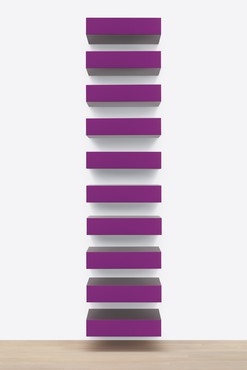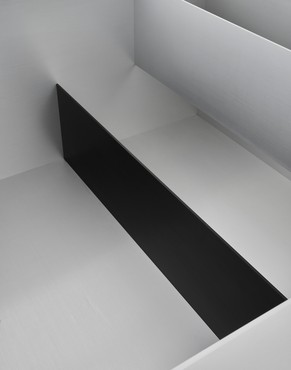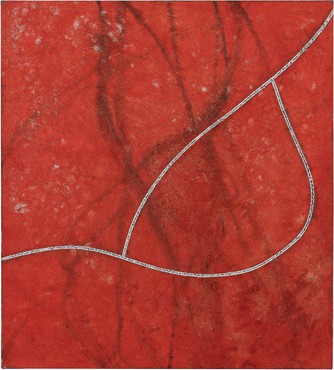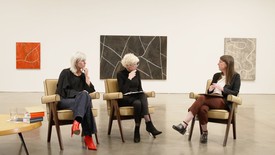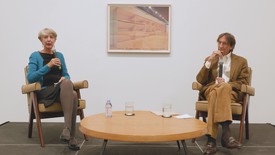About
Everything sculpture has, my work doesn’t.
—Donald Judd
Donald Judd’s radical work and thinking helped shape the look of the late twentieth century and continues to influence artists, architects, and designers worldwide. He has exercised a transformative influence over the ways in which both art objects and practical designs are produced, exhibited, encountered, and used.
Judd was born in 1928 in Excelsior Springs, Missouri. After serving in the United States Army in Korea from June 1946 until November 1947, he returned to the US and attended the College of William and Mary in Williamsburg, Virginia; the Art Students League of New York; and Columbia University in New York, where he completed a BS in philosophy in 1953. He went on to work toward a master’s degree in art history at Columbia. From 1959 to 1965, Judd was a prolific critic for magazines including Arts, Art International, and Art News; he continued to write throughout his career, addressing the relationship of art practice to architecture, design, political action, and lived experience in letters and published essays. As an artist, he started out as a painter before turning to three-dimensional work.
In the early 1960s Judd wrote a number of essays calling for the rejection of illusionism in favor of an art of tangible substance. In doing so, he aligned himself with other artists, including John Chamberlain and Dan Flavin, whose work also incorporated commonplace and industrial materials. He began to employ fabricators to produce his work, expanding the studio process in a way that also influenced the emergent Conceptual art movement. Recognizing the physical environment as intrinsic to his work, Judd came to address spatial concerns through three-dimensional form, and the mid-to-late 1960s saw him produce many iconic works including the “stacks”—which are hung at regular intervals in a vertical configuration—and “progressions”—the measurements of which are determined by numerical sequences.
In 1963, Green Gallery in New York held Judd’s first solo exhibition of mature work, and in 1966, Leo Castelli organized what would be the first in an extended series of solo exhibitions for the artist. In 1966, he participated in Primary Structures, a pivotal exhibition at the Jewish Museum, New York, curated by Kynaston McShine. Critically acclaimed for its innovative contextualization of geometric and reductive aesthetics, McShine’s exhibition also resonated with Judd’s artistic approach in its specific organization of objects in relation to the space of the gallery.
In the mid-1960s, Judd began making hollow metal boxes, many with colored interiors, which he placed directly onto the floor, breaking with the use of pedestals traditional to sculpture. In attempting to erase the physical and psychological distance between object and observer, Judd aimed to make his works part of their environment, and of the viewer’s world. This intention resonated with his ideas about the permanent installation of artworks, which he developed further with his 1968 purchase of 101 Spring Street, a five-story building in SoHo, New York, that served as a residence and studio for the next twenty-five years. In 1973, he began acquiring properties in Marfa, Texas, installing his own and other artists’ work there until his death in 1994.
Judd aimed to preserve his art, spaces, libraries, and archives as a lasting resource, and to this end defined the principles of Judd Foundation in 1977. He also founded the Chinati Foundation/La Fundación Chinati in 1986 for the permanent installation of large-scale works by himself and his contemporaries. Major exhibitions include the Whitney Museum of American Art, New York (1968 and 1988); Stedelijk Van Abbemuseum, Eindhoven, Netherlands (1970); National Gallery of Canada, Ottawa (1975); Tate Modern, London (2004); and Museum of Modern Art, New York (2020–21).
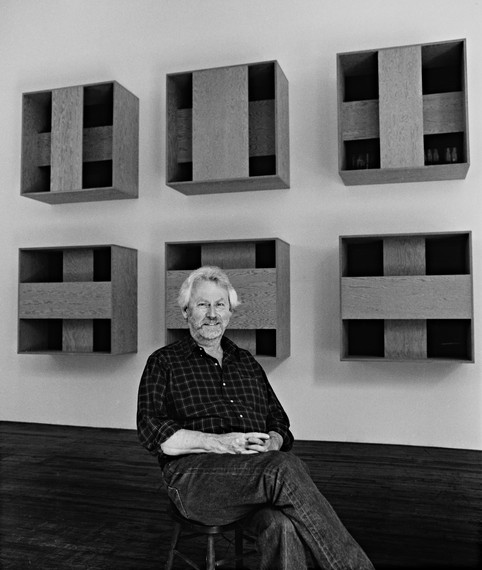
Photo: Leo Holub, courtesy Judd Foundation Archives, Marfa, Texas
#DonaldJudd
Website
Exhibitions
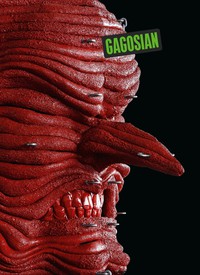
Now available
Gagosian Quarterly Fall 2022
The Fall 2022 issue of Gagosian Quarterly is now available, featuring Jordan Wolfson’s House with Face (2017) on its cover.
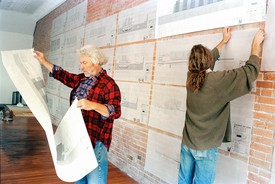
There is No Neutral Space: The Architecture of Donald Judd, Part 2
In this second installment of a two-part essay, Julian Rose continues his exploration of Donald Judd’s engagement with architecture. Here, he examines the artist’s proposals for projects in Bregenz, Austria, and in Basel, arguing that Judd’s approach to shaping space provides a model for contemporary architectural production.
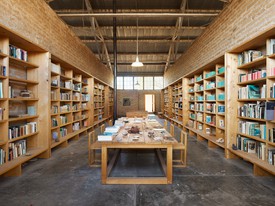
Building a Legacy
Judd Foundation Archives
Richard Shiff speaks with Caitlin Murray, director of archives and programs at Judd Foundation, about the archive of Donald Judd, how to approach materials that occupy the gray area between document and art, and some of the considerations unique to stewarding an archive housed within and adjacent to spaces conceived by the artist.

There Is No Neutral Space: The Architecture of Donald Judd, Part 1
Julian Rose explores the question: what does it mean for an artist to make architecture? Delving into the archives of Donald Judd, he examines three architectural projects by the artist. Here, in the first installment of a two-part essay, he begins with an invitation in Bregenz, Austria, in the early 1990s, before turning to an earlier project, in Marfa, Texas, begun in 1979.
In Conversation
Eileen Costello, Marta Kuzma, and Caitlin Murray on Donald Judd: Paintings
Art historian Eileen Costello and Yale School of Art professor Marta Kuzma discuss Donald Judd’s two-dimensional work and how the lessons he learned from the innovations of Abstract Expressionist and Color Field paintings permeate his entire body of work. Their conversation is moderated by Caitlin Murray, director of archives and programs at Judd Foundation.
In Conversation
Peter Ballantine and Martha Buskirk on Donald Judd
Peter Ballantine, Donald Judd’s longtime fabricator of plywood works, and Martha Buskirk, professor of art history and criticism at Montserrat College of Art in Beverly, Massachusetts, discuss the development, production, and history of the largest plywood construction Judd ever made, an untitled work from 1980.
Behind the Art
Donald Judd: Exhibition Tour
In this video, Flavin Judd, the artist’s son and artistic director of Judd Foundation, leads a walkthrough of the exhibition Donald Judd: Artwork: 1980 at Gagosian, West 21st Street, New York. Flavin connects the work to the concurrent retrospective at the Museum of Modern Art, New York, and the permanent installations in Marfa, Texas, highlighting how it fits within Judd’s oeuvre.
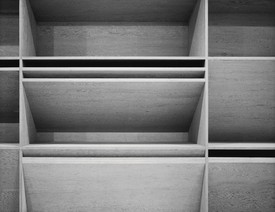
Donald Judd: Artwork: 1980
Flavin Judd, the artist’s son and artistic director of Judd Foundation, speaks with Kara Vander Weg about the recent installation of the sculptor’s eighty-foot-long plywood work from 1980 at Gagosian, New York.
Fairs, Events & Announcements
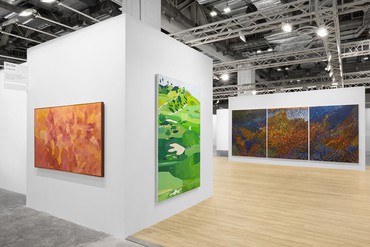
Art Fair
ART SG 2024
January 19–21, 2024, booth BC06
Marina Bay Sands Expo and Convention Centre, Singapore
artsg.com
Gagosian is pleased to participate in the second edition of ART SG, with a selection of works by international contemporary artists including Harold Ancart, Georg Baselitz, Ashley Bickerton, Amoako Boafo, Dan Colen, Edmund de Waal, Nan Goldin, Lauren Halsey, Hao Liang, Keith Haring, Damien Hirst, Tetsuya Ishida, Alex Israel, Donald Judd, Y.Z. Kami, Emily Kame Kngwarreye, Rick Lowe, Takashi Murakami, Takashi Murakami & Virgil Abloh, Nam June Paik, Ed Ruscha, Jim Shaw, Alexandria Smith, Spencer Sweeney, Stanley Whitney, Jonas Wood, and Zeng Fanzhi. The works on view, which embrace a wide variety of subjects and approaches, find artists infusing traditional genres such as history painting, portraiture, and landscape with new and surprising ideas that traverse cultural and temporal boundaries.
Gagosian’s booth at ART SG 2024. Artwork, left to right: © ADAGP, Paris, 2024, © Jonas Wood, © Rick Lowe Studio. Photo: Ringo Cheung
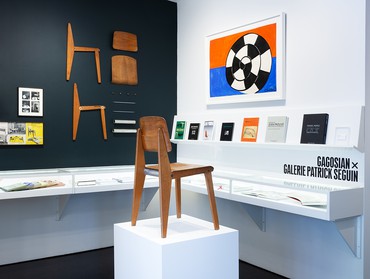
Visit
Madison Avenue Spring Gallery Walk 2023
Saturday, May 20, 2023, 10am–6pm
New York
madisonavenuebid.org
Join Artnews and the Madison Avenue Business Improvement District on a springtime walk to visit over sixty galleries that line Madison Avenue from East 57th to East 86th Streets. The Gagosian Shop is featuring an installation dedicated to Jean Prouvé’s 1947 demountable wood chair CB 22, alongside Rachel Feinstein’s newly launched ring collection with Ippolita and the Jewish Museum, and the latest Gagosian publications, including Louise Bonnet: Recent Paintings. An exhibition by Donald Judd spanning the 980 and 976 Madison Avenue galleries is also on view.
Jean Prouvé’s 1947 demountable wood chair CB 22 in the Gagosian Shop, New York

In Conversation
Flavin Judd, Rainer Judd, and Mahfuz Sultan
On “Donald Judd Spaces”
Monday, May 8, 2023, 7pm
McNally Jackson Books Seaport, New York
www.mcnallyjackson.com
In conjunction with the release of Donald Judd Spaces this spring, Judd Foundation will host a conversation at McNally Jackson, New York, between Rainer Judd, artistic director of Judd Foundation; Flavin Judd, president of Judd Foundation; and architect, director, and writer Mahfuz Sultan. This second expanded edition of the book presents an unprecedented visual survey of Judd’s living and working spaces in New York and Texas. With newly commissioned and archival photographs alongside five essays by the artist, it provides an opportunity to explore Judd’s personal spaces, which are a crucial part of this revered artist’s oeuvre.
Donald Judd Spaces (New York: Judd Foundation, 2023)
Museum Exhibitions
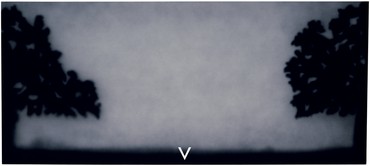
Closed
The Milton and Sheila Fine Collection
November 18, 2023–March 17, 2024
Carnegie Museum of Art, Pittsburgh
carnegieart.org
Milton and Sheila Fine have been longtime advocates and supporters of the arts in their philanthropy throughout the Pittsburgh region. Promised to Carnegie Museum of Art in 2015, their collection of contemporary painting, sculpture, photography, and drawing reflects their interest in American and German art from the 1980s to the 2000s. This exhibition, which is presented as a celebration and remembrance of Milton Fine, who passed away in 2019, foregrounds the importance and impact of the gift. Work by Richard Artschwager, Georg Baselitz, Mark Grotjahn, Donald Judd, Brice Marden, David Reed, Ed Ruscha, Richard Serra, Jeff Wall, and Christopher Wool is included.
Ed Ruscha, Victory, 1987, Carnegie Museum of Art, Pittsburgh © Ed Ruscha

Closed
Dan Flavin / Donald Judd
Doha
October 25, 2023–February 24, 2024
Qatar Museums Gallery–Al Riwaq, Doha
qm.org.qa
This exhibition focuses on the shared engagement of material, color, and form between Dan Flavin (1933–1996) and Donald Judd (1928–1994). Curated by Michael Govan and Jennifer King and organized by the Los Angeles County Museum of Art in collaboration with Qatar Museums, the show features works spanning the 1960s through the 1990s, drawn from the collection of Qatar Museums as well as other institutions, private collections, the Dan Flavin Estate and the Judd Foundation.
Installation view, Dan Flavin / Donald Judd: Doha, Qatar Museums Gallery–Al Riwaq, Doha, October 25, 2023–February 24, 2024. Artwork © Judd Foundation/Artists Rights Society (ARS), New York. Photo: © Florian Holzherr
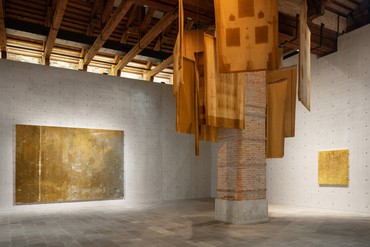
Closed
Icônes
April 2–November 26, 2023
Punta della Dogana, Venice
www.pinaultcollection.com
Icônes includes painting, video, sound, installation, and performance from the Pinault Collection. The icons of the title suggest a transcendent reality—the power to render material the invisible, create emotion or a sense of aesthetic and spiritual bedazzlement. This exhibition considers both the fragility and the power of images as icons and the multiple meanings they carry. Work by Theaster Gates, Donald Judd, and Rudolf Stingel is included.
Installation view, Icônes, Punta della Dogana, Venice, April 2–November 26, 2023. Artwork, left and right: © Rudolf Stingel, center: © Danh Vo. Photo: Marco Cappelletti, courtesy Palazzo Grassi, Pinault Collection
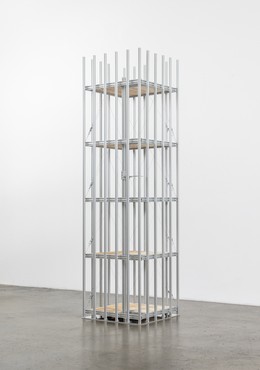
Closed
Escala: Escultura (1945–2000)
March 31–July 2, 2023
Fundación Juan March, Madrid
www.march.es
This exhibition, whose title translates to Scale: Sculpture, begins with a reflection on the effects of the Second World War on a number of artists and their conception of sculptural space as refuge. The role of scale in sculpture is examined, and in an echo of the expanded meaning of sculpture today, the exhibition extends beyond the gallery walls, into the gardens and the surrounding streets. Work by Chris Burden, Alberto Giacometti, Donald Judd, Henry Moore, and Richard Serra is included.
Chris Burden, Small Skyscraper (Quasi Legal Los Angeles County), 2002 © 2023 Chris Burden/Licensed by the Chris Burden Estate and Artists Rights Society (ARS), New York. Photo: Brian Guido
